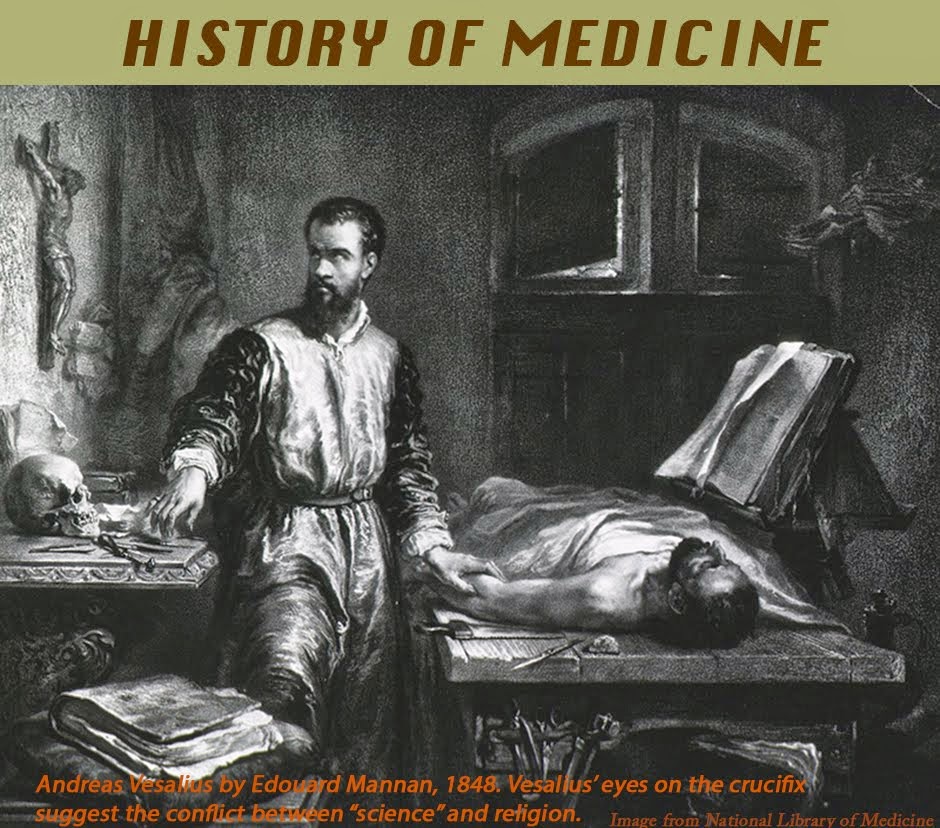GET THE LEAD
OUT!
Alice Hamilton
and Industrial Toxins
(Thanks to Prof. Paul Blanc, Occupational Medicine Dept, UCSF, for help with this blog)
A popular consumer
item in the early 1900s was the cast iron, enameled bathtub. Probably few users
knew how it was made.
The tubs were first
sandblasted to roughen the surfaces, bombarding workers with silica dust. The tub was
then heated red-hot, to allow the enamel to spread evenly. Two men greeted the
emerging red-hot tub, one handling a heavy apparatus that sprayed powdered enamel onto
the tub, the other manipulating a turntable to expose it on all sides. Both men
inhaled the enamel powder whirling around them, which contained about 20% lead.
 |
| Alice Hamilton (from Wikipedia) |
The above description
was rendered by Alice Hamilton, the founder of occupational medicine in the U.S.
and a remarkable woman. Born into a fairly affluent family in Fort Wayne,
Indiana, she and her four siblings were largely schooled at home. She attended
medical school at the University of Michigan (14 of her class of 47 were
women). Following an internship, study in Europe, and a year at Hopkins
studying pathology she obtained a post teaching pathology at Northwestern Univ.
Medical School. She chose to live at Hull House, a settlement house run by the future Nobel Peace
prize winner Jane Addams in a poor area of Chicago. Here Hamilton encountered
impoverished immigrants ill with work-related diseases such as lead poisoning,
carbon monoxide poisoning (steel workers), and silicosis. Having never been
taught these disorders, she educated herself in the library.
 |
| Jane Addams (from Five Colleges & Manuscript Collections) |
Her interest caught the
attention of a sociologist, Charles Henderson, who had her appointed in 1908 to
a new “Occupational Disease Commission”, formed to do research for a possible
State insurance program. Hamilton was assigned to investigate lead poisoning,
which led her to the tub factory. She documented the hazards of lead
intoxication in this and several other areas, especially the lead smelting and
paint industries. Company doctors under-diagnosed the disorders and no
compensation was paid to sick workers.
World War I brought a huge
expansion in munitions manufacturing. TNT, picric acid, and fulminate of
mercury (a detonator) were major products. Nitric acid was used almost
universally to produce them. Hamilton, working for the Bureau of Labor Statistics, uncovered numerous problems. Nitric acid fumes
damaged lungs, TNT caused liver damage and anemias, and fires and explosions
occurred frequently. Workers were often unskilled and poorly trained. All of this Hamilton documented in a 1917 report. Soon after, she was appointed to the faculty at Harvard
Medical School, the first woman on their faculty
Next she investigated
stone cutters. The recently invented air hammer produced 3000 strokes a minute,
causing workers’ hands to become numb and bloodless and producing ever more
silicate dust.
Her work took her to
mines, quarries, and factories. She investigated silicosis and poisoning from aniline
dyes, carbon monoxide, mercury, and other toxicants. Her efforts culminated in
the first American text of its kind, Industrial
Poisonings in the United States, published in 1925 (available on line). She followed it with Industrial Toxicology
(1934). She was concerned over the occupational risks of tetraethyl lead in
gasoline and advocated for the protection of workers made ill from painting
radium on watch dials. Hamilton was well connected and highly influential in
improving industrial practices. To bring changes she tended to favor tactful
persuasion by facts rather than blunt instruments, and supported legislation
for worker compensation.
 |
| Radium dial painters (from Wikipedia) |
Dr. Hamilton was a
product of the Progressive Era. She was deeply involved in peace movements and
social activism, though she was hesitant about an early equal rights amendment
movement fearing it might lead to worsening work conditions for women. After
WWI she helped in feeding programs in Europe. She visited the Soviet Union in
1924 and was saddened by its oppression and lack of freedom, though she
generally favored socialism and was impressed by Russian attention to workers’
protection. She was a vocal anti-Fascist and personally assisted colleagues fleeing Europe. Her sister, Edith, was a classical scholar who
authored The Greek Way and other
works.
Dr. Hamilton’s impact on industry practice was enormous. She has been honored by the establishment of the annual Alice Hamilton Lectureship
at UCSF (http://oem.ucsf.edu/about/hamilton.html), the creation of the Alice Hamilton Award by the American Industrial Hygiene
Association, and other lasting recognitions.
(to leave a comment click on "no comments" and a box will come up)
Sources:
Exploring the
Dangerous Trades: The Autobiography of Alice Hamilton, 1943.
Alice Hamilton: A Life
in Letters, by Barbara Sicherman, 1984.
